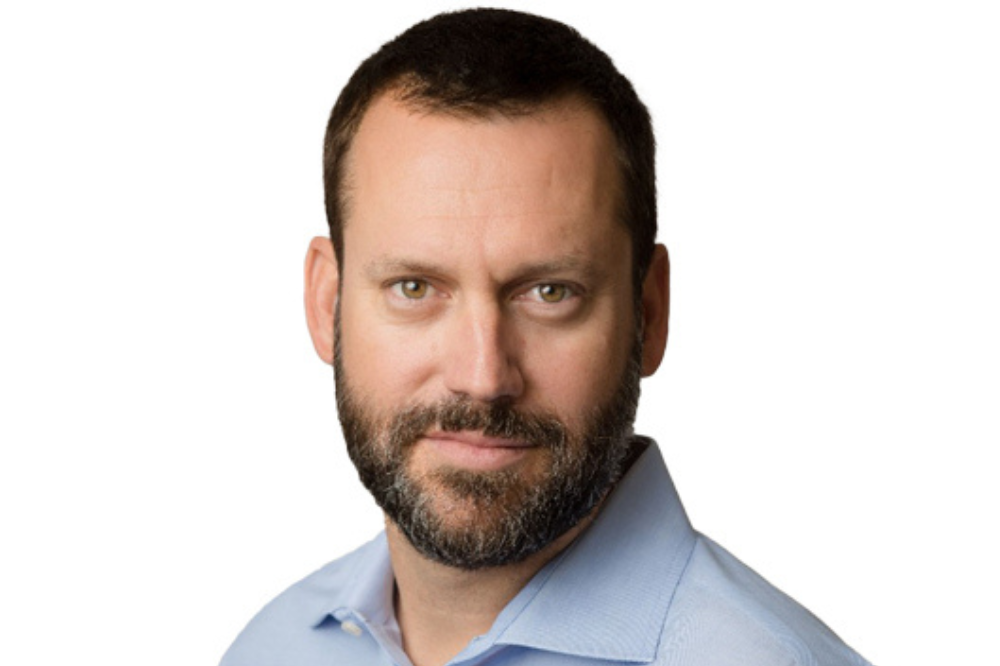Why California’s reforms on risk modeling are a ‘game-changer’

Why California’s reforms on risk modeling are a ‘game-changer’ | Insurance Business America
Catastrophe & Flood
Why California’s reforms on risk modeling are a ‘game-changer’
“We’re excited to see how this develops”
Catastrophe & Flood
By
Gia Snape
In a breakthrough move to address the state’s insurance crisis, the California Department of Insurance (DOI) announced plans to allow insurers to incorporate the cost of reinsurance into their rate calculations and to assess catastrophe risk using forward-looking projections supplied by risk models.
The actions, which were previously banned in California, will be a game-changer for the industry, one expert told Insurance Business.
“The current requirements that rely solely on historical data are outdated in a time when weather and natural catastrophe events are changing rapidly,” said Roger Arnemann (pictured), general manager & SVP for Guidewire Analytics.
“With the governor and commissioner painting a clear path forward for reform, we’re excited to see how this develops and how the market opens back up again.”
Multiple insurers have stopped writing homeowners’ policies or have limited their business in the state in the aftermath of years of losses due to wildfires and other catastrophes. They include major players such as State Farm, Farmers, Allstate, Nationwide, and AIG.
Arnemann said the proposal to allow more progressive pricing methods will enable insurers to better price risks. Historically, the inability to account for reinsurance costs posed a significant risk and cost to insurers.
According to Guidewire, traditional insurance risk assessment tools struggle to accurately identify and differentiate risk in wildfire-prone areas.
These outdated technologies look at wildfire risks based on just a few data elements and consider all the properties in large geographical areas as having the same risk. Some territories or zones can include entire cities, zip codes, or other census-defined areas.
Guidewire data shows that more than 90% of the property damage in California is concentrated in just 10% of the state. Homes in these areas are also 50 times more likely to suffer wildfire damage, according to the technology firm.
Using data and analytics to track volatile climate change-related risks
Climate change is another major factor in catastrophe risk, playing a role in the severity and frequency of storms, hurricanes, and wildfires, Arnemann noted.
“Catastrophes, by their nature, are unprecedented. There are much bigger, broader, and unfortunately sometimes more severe events that can happen in the future,” he said. “But a lot of the regulation does not allow insurers to even look at the present, let alone the future.”
Additionally, modern risk modeling methods can account for constantly changing environmental and urban environments. The increasing volatility of extreme weather events has made this dynamic approach more critical for insurers, Arnemann said.
“I think allowing the market to price the risk is the only way to have a market in the first place,” the Guidewire VP said. “We’re excited that this increased ability to use modern methods is going to open the market and ultimately solve a lot of the problems that we’re facing.”
Guidewire offers digital, core, analytics, and machine learning capabilities to property & casualty (P&C) insurers. The company has said that its HazardHub platform contains the most comprehensive set of property risk data, casualty risk data, and hazard risk scoring in the P&C industry.
Next steps in California’s insurance market?
Despite his optimism, Arnemann acknowledged that there’s a long way to go before California’s insurance market returns to healthier conditions.
One action that he’s keen to see from the state is to approve insurer’s rate filings.
“The DOI is struggling to get through the rate filings that were required in April, and to our knowledge, a lot of companies are still submitting rate filings,” he told Insurance Business. “There may be around 400 rate filings that were submitted.”
While modern risk modeling is not the fix-all solution, Arnemann said that California’s approach could be a gateway to more innovation.
“It’s less about having accurate models that can represent the changing risk and acceleration and frequency and severity of events, and more about allowing insurers to leverage the models that do exist,” he said.
“Models are always learning. It’s an imperfect science. But ultimately, the big opportunity here is in models that are higher and higher in resolution. It’s the ability to use the resolution of models that we’ve had for many years. So, that’s an exciting opportunity.
“I think we need to bring all the tools we can to bear to reduce risk and, when the risk can’t be reduced, to make sure there’s a resilient insurance market to help people recover and go back their lives and their livelihoods.”
What are your thoughts on California’s risk modeling reforms? Share your perspective in the comments.
Related Stories
Keep up with the latest news and events
Join our mailing list, it’s free!






